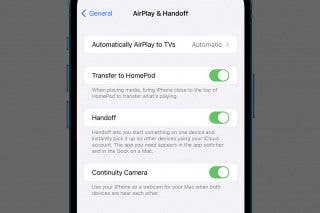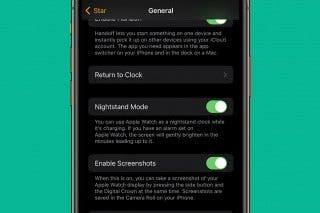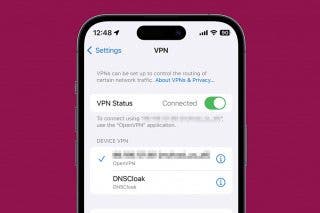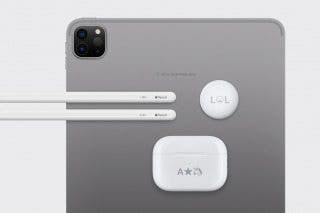Preview: Dirac Audio Enhancement App


If you ever listen to music on your smartphone and wonder if the audio quality could be better, you're right. It could. The folks at Dirac have been working on a technology to do just that. They sent me a prerelease version of the Dirac app to try, on an Android device and, indeed, sound quality was noticeably improved.
Related: Buyer's Guide: Best Bluetooth Headphones & Earbuds

The app is not a music player... rather it works with your existing music app such as Spotify. It is able to tweak the audio signal to optimize for the type of music and specific headphones you are using... Beats in my case. Dirac promises to support 150 headphones soon, wired and wireless, low-end and high-end alike! I was skeptical but it the enhancement of audio was immediate. I switched the Dirac functionality on and off repeatedly and the improvement was easily noticeable. The app enhances audio by boosting subtle tones and beats. The best description I can come up with is that it works like an Artificially Intelligent Equalizer.
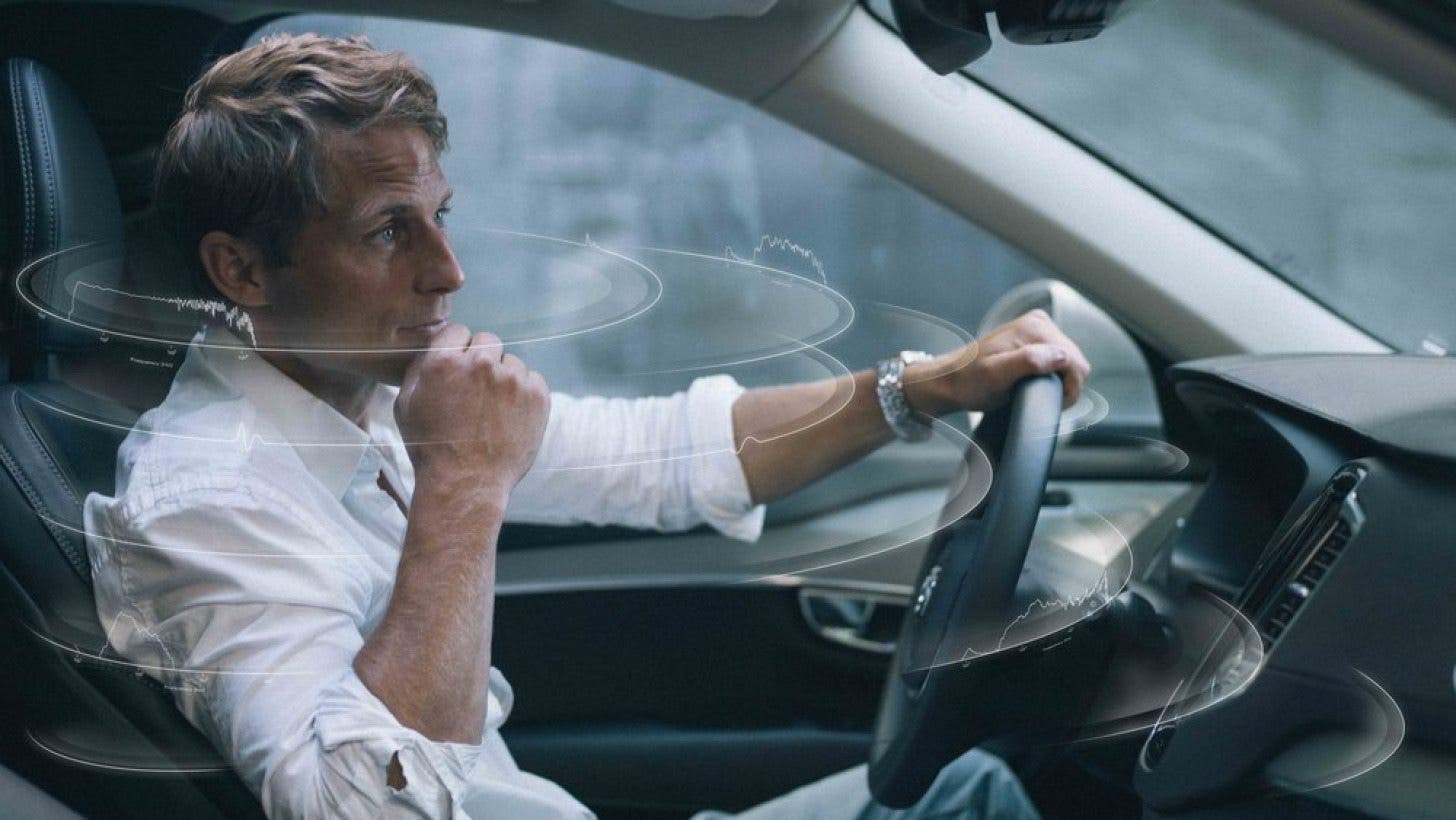
Currently, the demo requires using an Android phone, as it's easier for developers to customize the audio stream. Apple is a locked down platform. The only downside is that this is the kind of functionality that really should be built-in to iOS natively and it appears that is the plan, for Apple and Google or directly with the streaming providers. Until Apple partners with Dirac, iOS users will need the Dirac Live app. Dirac is currently in talks with smartphone and music streaming companies about embedding the new Dirac digital audio solution into their products and platforms. The first partnership is slated to be announced in Q1 2020.
Pros
- Impressive enhancement of audio from just an app
- Enhances audio for low-end and high-end headphones
- Boosts subtle tones and beats
- Works with multiple music apps
Cons
- Should be built-in to iOS
- Requires the Dirac Live app on iOS, until Apple partners with them.
Final Verdict
Dirac has demonstrated that our audio quality could be better, without any specialized hardware. Here's hoping Apple and Google find a way to bring this capability to the masses.
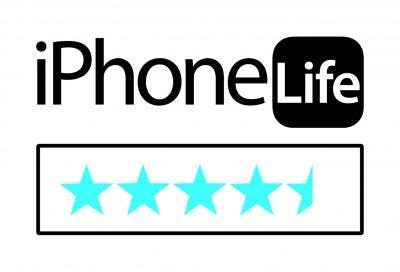

Todd Bernhard
Todd Bernhard is a bestselling (6+ million downloads) award-winning (AARP, About.com, BestAppEver.com, Digital Hollywood, and Verizon) developer and founder of NoTie.NET, an app developer specializing in Talking Ringtone apps including AutoRingtone. And his profile photo is of the last known sighting of Mr. Bernhard wearing a tie, circa 2007!
An iPhone is almost always attached to his hip or in his pocket, but over the years, Mr. Bernhard has owned an Apple Newton, a Motorola Marco, an HP 95LX, a Compaq iPaq, a Palm Treo, and a Nokia e62. In addition to writing for iPhone Life, Mr. Bernhard has written for its sister publications, PocketPC Magazine and The HP Palmtop Paper.
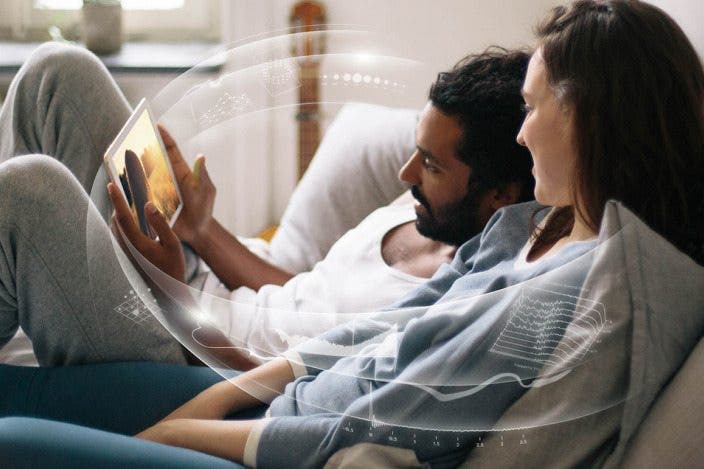
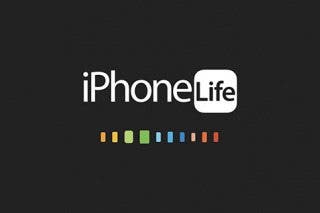
 Susan Misuraca
Susan Misuraca Belinda Sanmiguel
Belinda Sanmiguel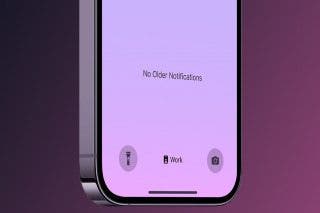
 Rachel Needell
Rachel Needell
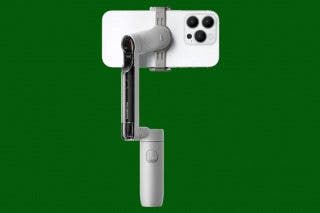
 Olena Kagui
Olena Kagui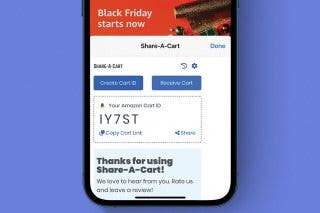

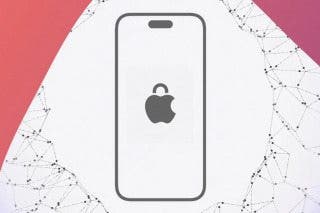
 Cullen Thomas
Cullen Thomas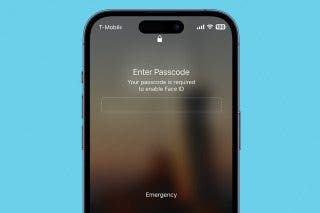
 Rhett Intriago
Rhett Intriago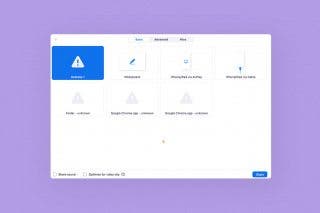
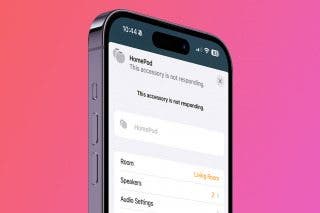
 Amy Spitzfaden Both
Amy Spitzfaden Both
 Leanne Hays
Leanne Hays